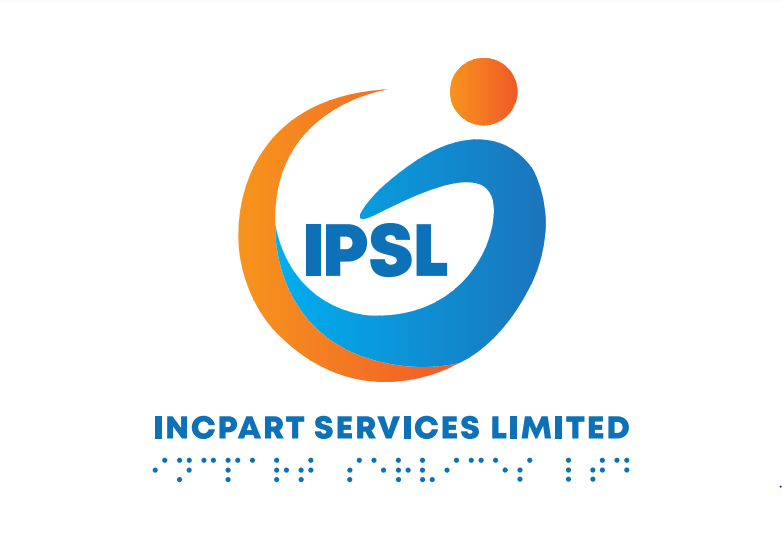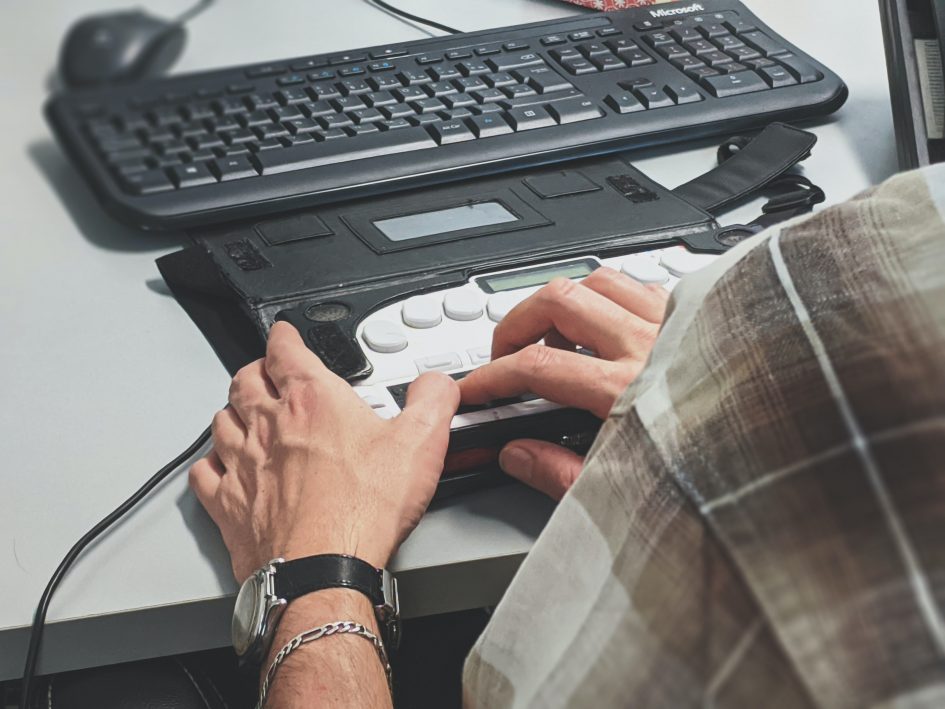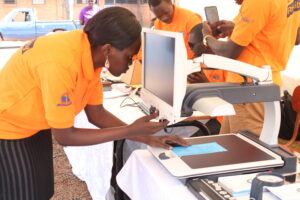Advancements in technology have paved the way for incredible breakthroughs that enhance the lives of individuals with visual impairments. This comprehensive list highlights some of the cutting-edge technologies that have revolutionized the way visually impaired individuals interact with the world around them.
Firstly, we have screen reading software, such as JAWS (Job Access With Speech), which enables individuals with visual impairments to navigate computers and mobile devices with ease. This software converts on-screen text into synthesized speech or braille output, allowing users to access emails, documents, and webpages independently. Additionally, OCR (Optical Character Recognition) technology has made significant strides. OCR apps, like KNFB Reader or Seeing AI, can scan printed materials and convert them into accessible formats like spoken text or Braille, enabling visually impaired individuals to access printed information with remarkable ease.
Secondly, advancements in wearable technology have provided visually impaired individuals with increased mobility and independence. Smart glasses, such as the OrCam MyEye, utilize cutting-edge computer vision technology to recognize and relay visual information to the user via an earpiece or a small display. These glasses can recognize faces, read texts, identify products, and even provide real-time descriptions of the surroundings, allowing users to navigate their environment effortlessly. Similarly, haptic feedback gloves, like the HaptiGlove, use vibrations and pressure sensors to convey information about objects or obstacles in the user’s vicinity, enhancing tactile perception and reducing the risk of accidents.
Lastly, advancements in artificial intelligence have significantly improved the accessibility of smartphones, making them more inclusive for visually impaired individuals. Voice assistants like Siri, Google Assistant, or Amazon Alexa can help with a wide range of tasks, from sending messages to scheduling appointments, all through voice commands. Furthermore, smartphone apps such as Be My Eyes connect visually impaired users with sighted volunteers who can assist them in real-time. These volunteers can provide assistance with tasks such as reading labels, identifying objects, or even helping with navigation through video calls, bridging the gap between the visually impaired and sighted individuals.
In conclusion, cutting-edge technology has brought tremendous improvements to the lives of visually impaired individuals. From screen reading software and OCR apps to wearable technology and artificial intelligence, these innovations have empowered individuals with visual impairments, enabling them to access information, navigate their surroundings, and communicate independently. Through constant advancements, technology continues to bridge the gap and enhance inclusivity for the visually impaired community.



